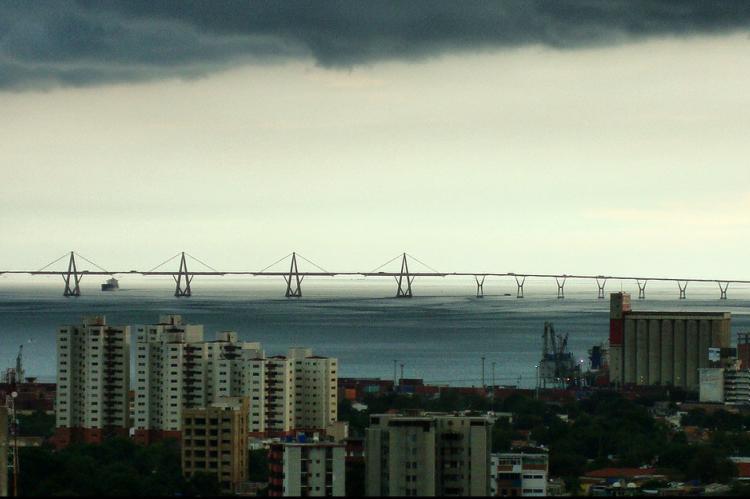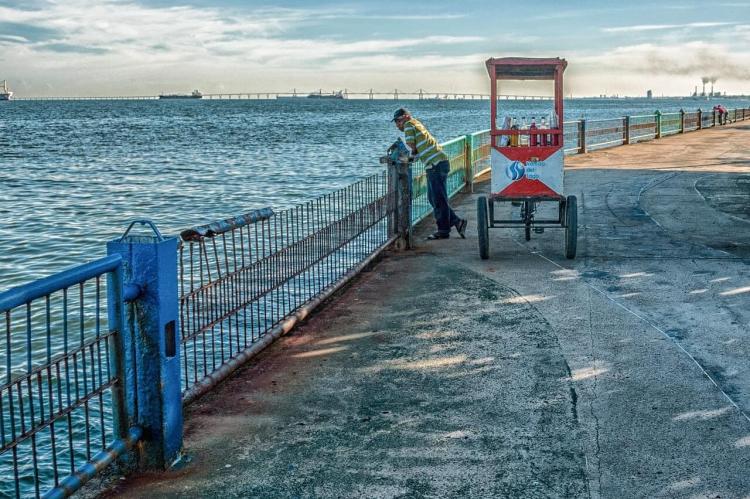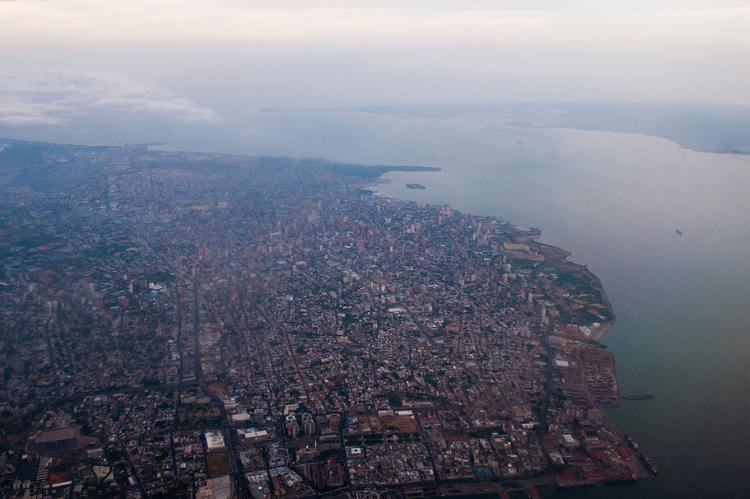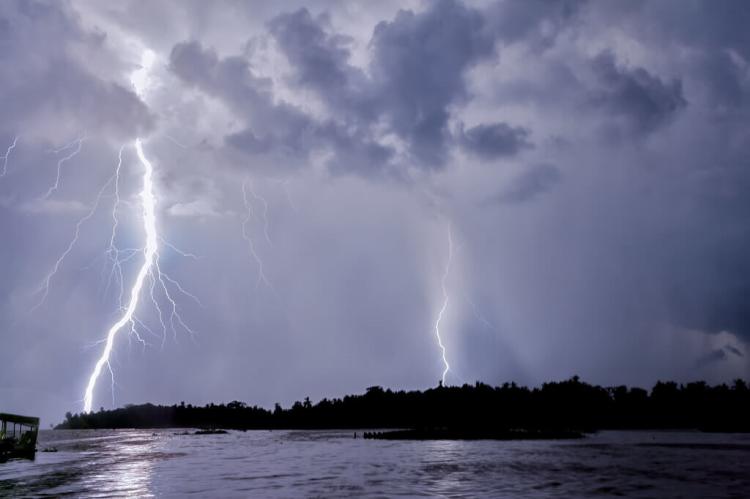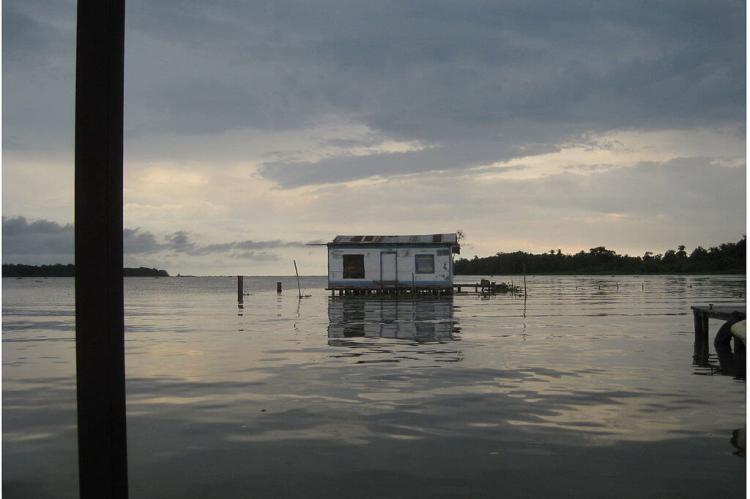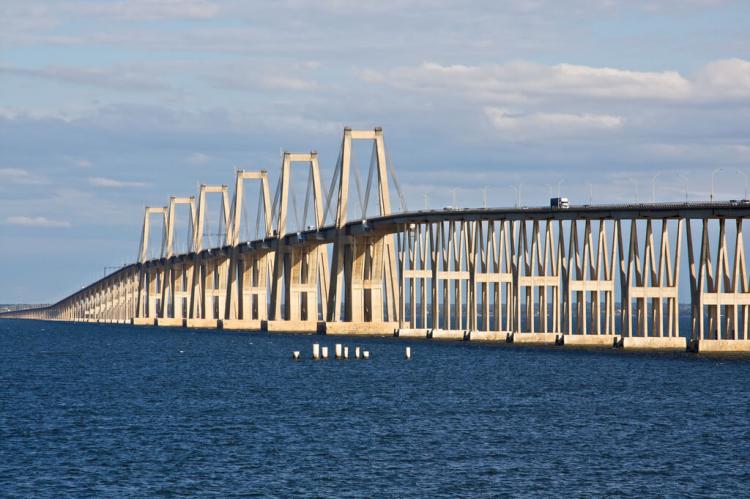Lake Maracaibo: Maracaibo Basin (Venezuela)
Lake Maracaibo is a large brackish tidal estuary and an inlet of the Caribbean Sea. Variably considered a bay or lagoon; it lies in the Maracaibo Basin of northwestern Venezuela. It is connected to the Gulf of Venezuela by the Tablazo Strait.
Lake Maracaibo
Lake Maracaibo is a large brackish tidal estuary and an inlet of the Caribbean Sea. Variably considered a bay or lagoon, it lies in the Maracaibo Basin of northwestern Venezuela. It is connected to the Gulf of Venezuela by the Tablazo Strait.
Lake Maracaibo is the largest lake in South America and one of the oldest on Earth. It is fed by numerous rivers, the largest being the Catatumbo. The water in the southern portion of the lake is fresh, but a more substantial tidal influence makes the northern waters somewhat brackish. As a result, it is quite shallow, except toward the south, and swampy lowlands surround it.
The lake is in one of the world's richest and most centrally located petroleum-producing regions. In addition, the lake acts as a major shipping route to Maracaibo and Cabimas. It is also important for fishing and is located in an agricultural-producing area.
The surrounding basin contains sizeable crude oil reserves, making the lake a significant profit center for Venezuela. The basin also holds almost a quarter of Venezuela's population.
Catatumbo Lightning
In northwest Venezuela, where Lake Maracaibo meets the Catatumbo River, lightning occurs, on average, twenty-eight times per minute for up to nine hours each day after dusk, for around 300 days a year, accompanied by a storm.
There are 250 lightning strikes per sq km every single year. It is most active in September and October and least involved in January and February. As a result, NASA has given the area the distinction of being the "Lightning Hotspot" of the world.
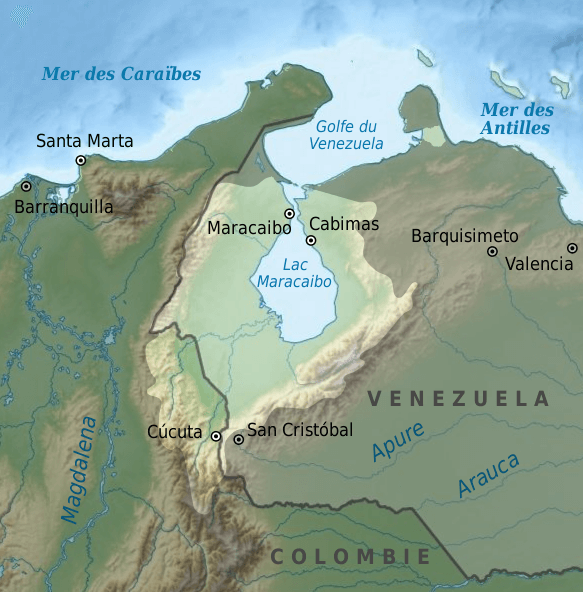
Map depicting the Lake Maracaibo watershed in northwestern Venezuela
Maracaibo Basin
The Maracaibo Basin, also known as the Maracaibo Lowlands, is one of the natural regions of Venezuela. It covers over 36,000 sq km (14,000 sq mi) in the country's northwestern corner. The basin is characterized by a large shallow tidal estuary, Lake Maracaibo, located near its center.
The basin is surrounded by the two ranges of the Venezuelan Andes, the Cordillera de Mérida to the southeast and the Sierra de Perija to the west, with the Gulf of Venezuela to the north.
The Cordillera de Mérida's eastern branch extends from Colombia's border to the Venezuelan state of Lara and divides the Maracaibo Basin from the Orinoco Basin. The basin lies within a region of deformation created by the interactions of the Caribbean plate and South American plate boundaries.
The basin accounts for approximately 50% of Venezuela's crude export capacity and about 15% of proven Venezuelan oil reserves.
